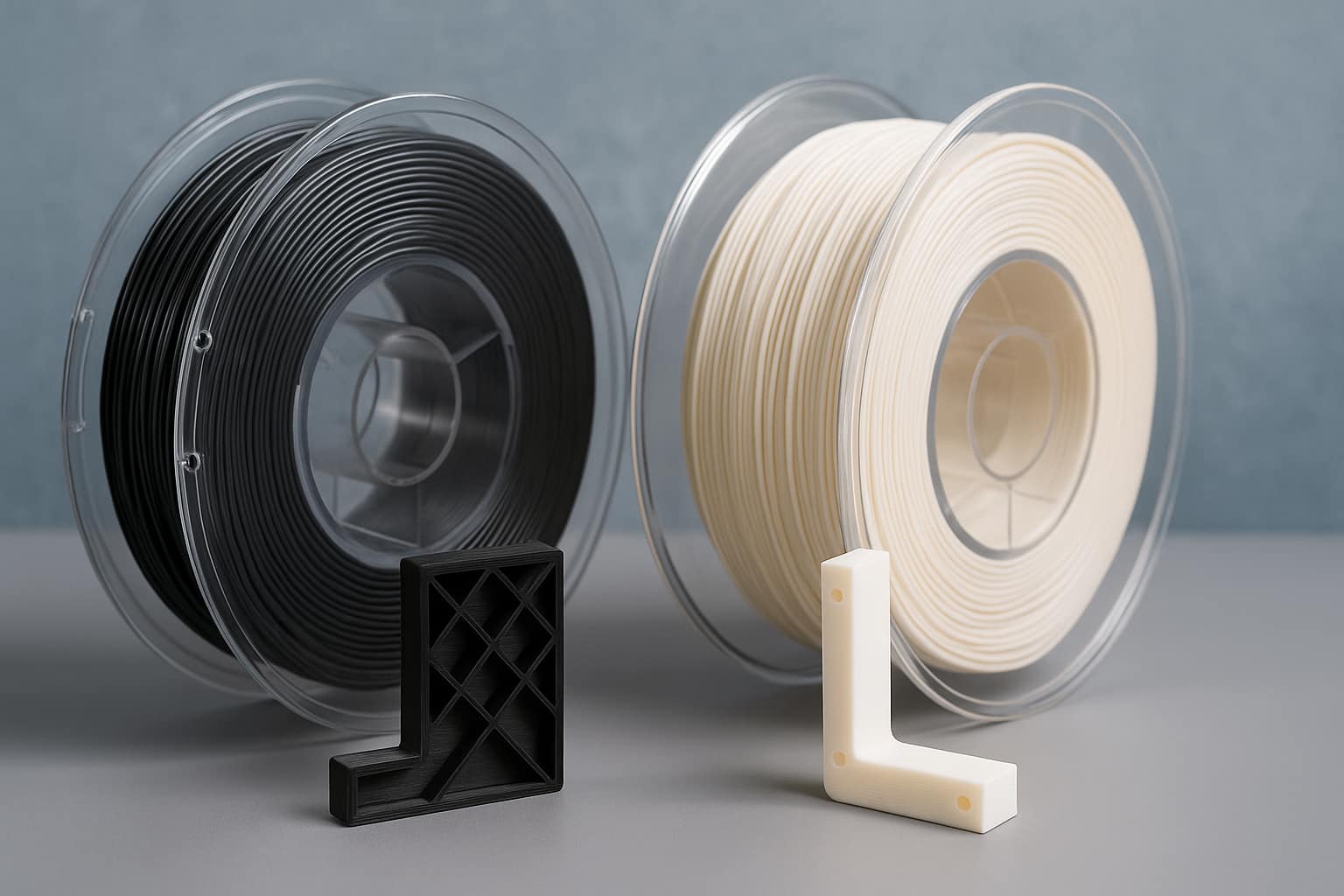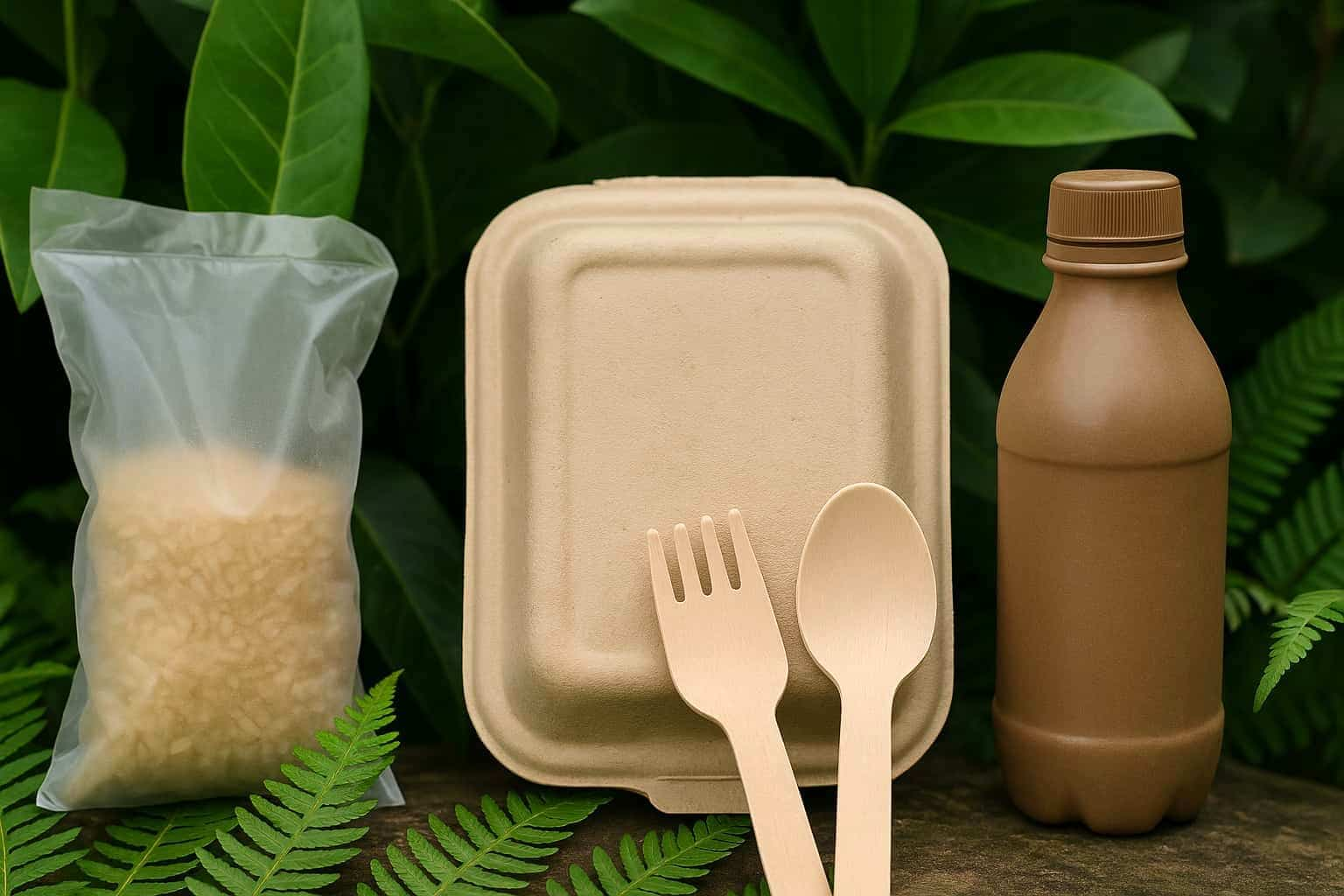Raffia is a versatile material extensively used in various industries due to its exceptional strength, flexibility, and durability. It is a type of thermoplastic made primarily from polypropylene (PP), which is then extruded into fine fibers or tapes. These fibers are woven to create products such as agricultural bags, packaging materials, and construction fabrics. Raffia’s importance lies in its application in the production of cost-effective, high-performance materials that are crucial for both industrial and consumer use.
Raffia’s unique properties make it an indispensable component in sectors ranging from agriculture to construction. Its lightweight nature, coupled with its robustness, allows for the creation of products that can withstand heavy loads and harsh environmental conditions. However, the production of raffia products can be costly due to the raw materials involved. This is where filler masterbatches come into play.

1. The Role of Filler Masterbatch in Raffia
Filler masterbatches are concentrated mixtures of calcium carbonate (CaCO3) or other mineral fillers, polymers, and various additives. They are designed to be blended with the base polymer during the manufacturing process. These masterbatches serve several crucial functions in the production of raffia.
1. Cost Reduction: By incorporating filler masterbatches, manufacturers can significantly reduce the amount of expensive base polymer needed, thereby lowering overall production costs.
2. Enhanced Mechanical Properties: Filler masterbatches improve the mechanical strength and rigidity of raffia products. This enhancement is critical for products that need to endure significant wear and tear.
3. Improved Processability: The addition of filler masterbatches can enhance the processability of the polymer, making it easier to extrude and mold into the desired shapes and sizes.
4. Environmental Benefits: Using filler masterbatches can also contribute to sustainability efforts by reducing the amount of virgin polymer required, thereby lowering the environmental footprint of the production process.

2. Two Types of Filler Masterbatch Fitted For Raffia
When selecting filler masterbatches for raffia production, it is essential to choose products that offer a balance of cost-efficiency, performance, and processability. Here are the top two filler masterbatches ideal for raffia:
2.1. Polypropylene (PP) Filler Masterbatch
Overview
Polypropylene (PP) filler masterbatch is a composite material consisting of a base PP polymer combined with a high concentration of calcium carbonate (CaCO3) powder. It is widely used in the plastics industry to enhance the properties of polypropylene, reduce production costs, and improve processing performance.
Benefits
- Cost Reduction: The inclusion of CaCO3 powder reduces the overall cost of the material, making it more economical compared to pure PP.
- Improved Mechanical Properties: Enhances stiffness, dimensional stability, and impact resistance of the final product.
- Enhanced Processability: Improves the flow properties during extrusion and molding processes, leading to better productivity and reduced cycle times.
- Surface Finish: Provides a smoother surface finish and can improve the printability of the final product.
- Environmental Benefits: By reducing the reliance on pure PP, it lowers the overall environmental footprint of the product.
Applications
- Woven Sacks: Commonly used in the production of woven sacks for packaging grains, sugar, and other bulk materials.
- Tapes and Straps: Utilized in the manufacture of raffia tapes and straps used in agriculture and industrial packaging.
- Injection Molding: Used in the production of household items, automotive parts, and other injection-molded products to improve cost efficiency and mechanical properties.
- Non-Woven Fabrics: Employed in the production of non-woven fabrics for medical, hygiene, and industrial applications.

2.2. Polyethylene (PE) Filler Masterbatch
Overview
Polyethylene (PE) filler masterbatch is a composite material where a PE polymer is combined with CaCO3 powder. It is used extensively to improve the properties of polyethylene, enhance processing, and reduce material costs.
Benefits
- Cost Savings: Significantly reduces the material costs by substituting a portion of the PE with CaCO3 powder.
- Enhanced Rigidity: Increases the rigidity and hardness of the final product, which is particularly beneficial for certain applications.
- Improved Processability: Enhances extrusion and molding processes, leading to better production efficiency and reduced waste.
- Heat Resistance: Increases the thermal stability of the product, making it suitable for applications requiring higher temperature resistance.
- Environmental Advantage: Reduces the amount of PE needed, thereby decreasing the environmental impact of the product.
Applications
- Film Production: Widely used in the production of polyethylene films for packaging, agricultural covers, and industrial liners.
- Blow Molding: Utilized in blow molding applications for making containers, bottles, and other hollow objects.
- Extrusion Coating: Employed in extrusion coating processes for producing coatings on paper, cardboard, and other substrates.
- Pipe Manufacturing: Used in the production of various types of pipes, enhancing their strength and reducing costs.
Both PP and PE filler masterbatches serve as crucial additives in the plastics industry, providing numerous benefits and applications while contributing to cost-effective and sustainable manufacturing practices.
3. Conclusion
Polypropylene (PP) and Polyethylene (PE) filler masterbatches, both incorporating calcium carbonate (CaCO3) powder, play vital roles in the plastics industry by enhancing material properties and reducing production costs. PP filler masterbatch is favored for its ability to improve mechanical properties, processability, and surface finish, making it ideal for applications such as woven sacks, tapes, injection molding, and non-woven fabrics. Similarly, PE filler masterbatch is valued for its cost savings, rigidity enhancement, and thermal stability, finding extensive use in film production, blow molding, extrusion coating, and pipe manufacturing. By integrating these filler masterbatches, manufacturers achieve better performance, increased efficiency, and lower environmental impact, underscoring their importance in advancing modern plastic processing technologies.
4. About EuP Egypt
The world’s largest filler masterbatch manufacturer, EuP Egypt proudly brings customers unique plastic raw material solutions to help their factories optimize production costs and improve the competitiveness on the market.
Interested in enhancing your plastic manufacturing process with filler masterbatch? Contact us today to learn more about our high-quality products and how they can benefit your production line.





